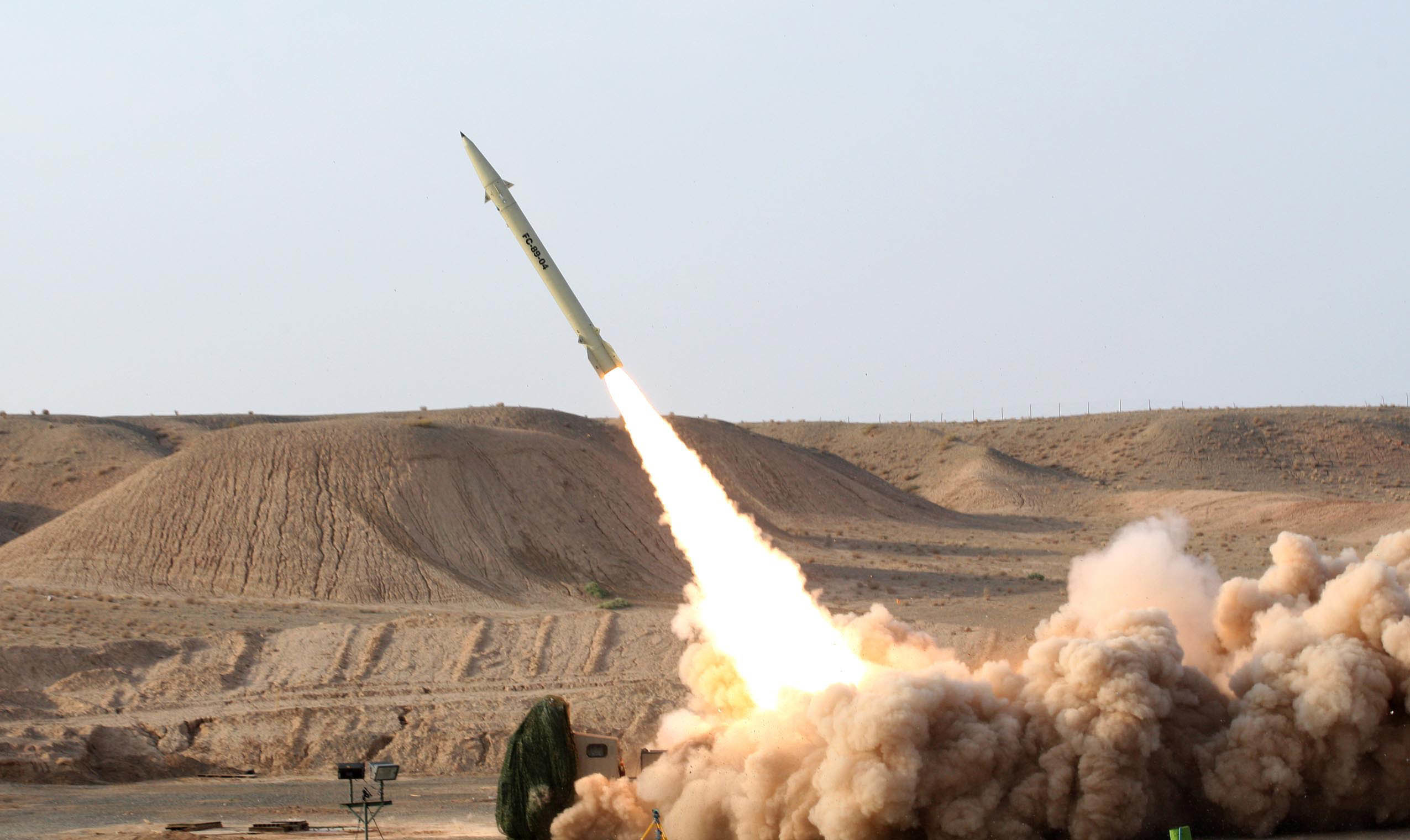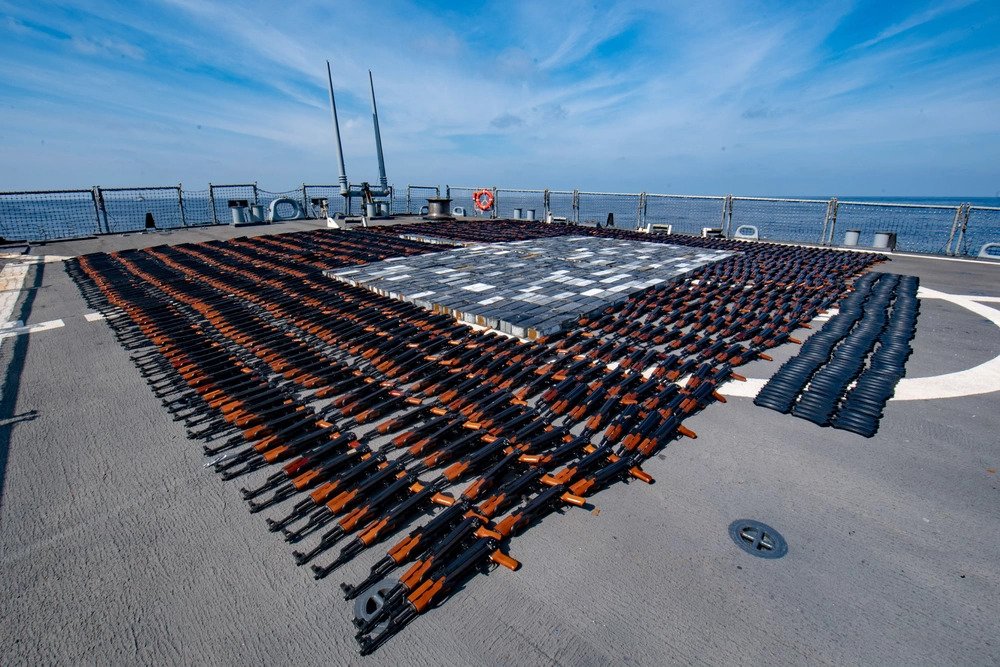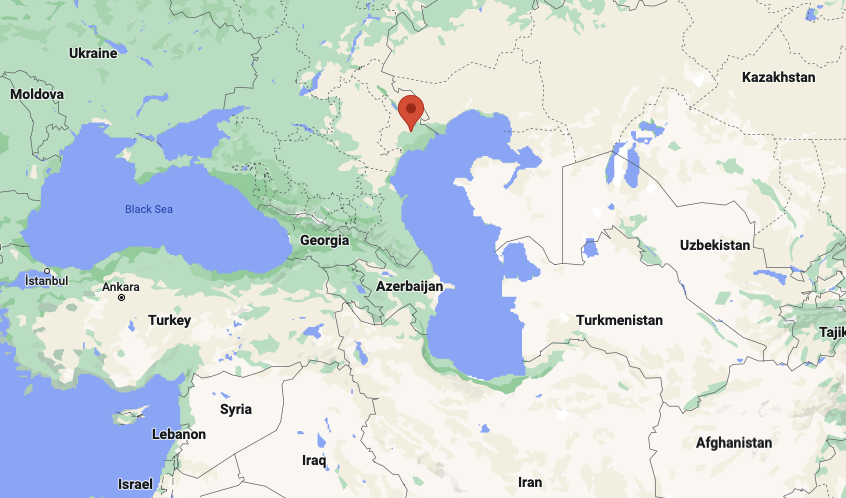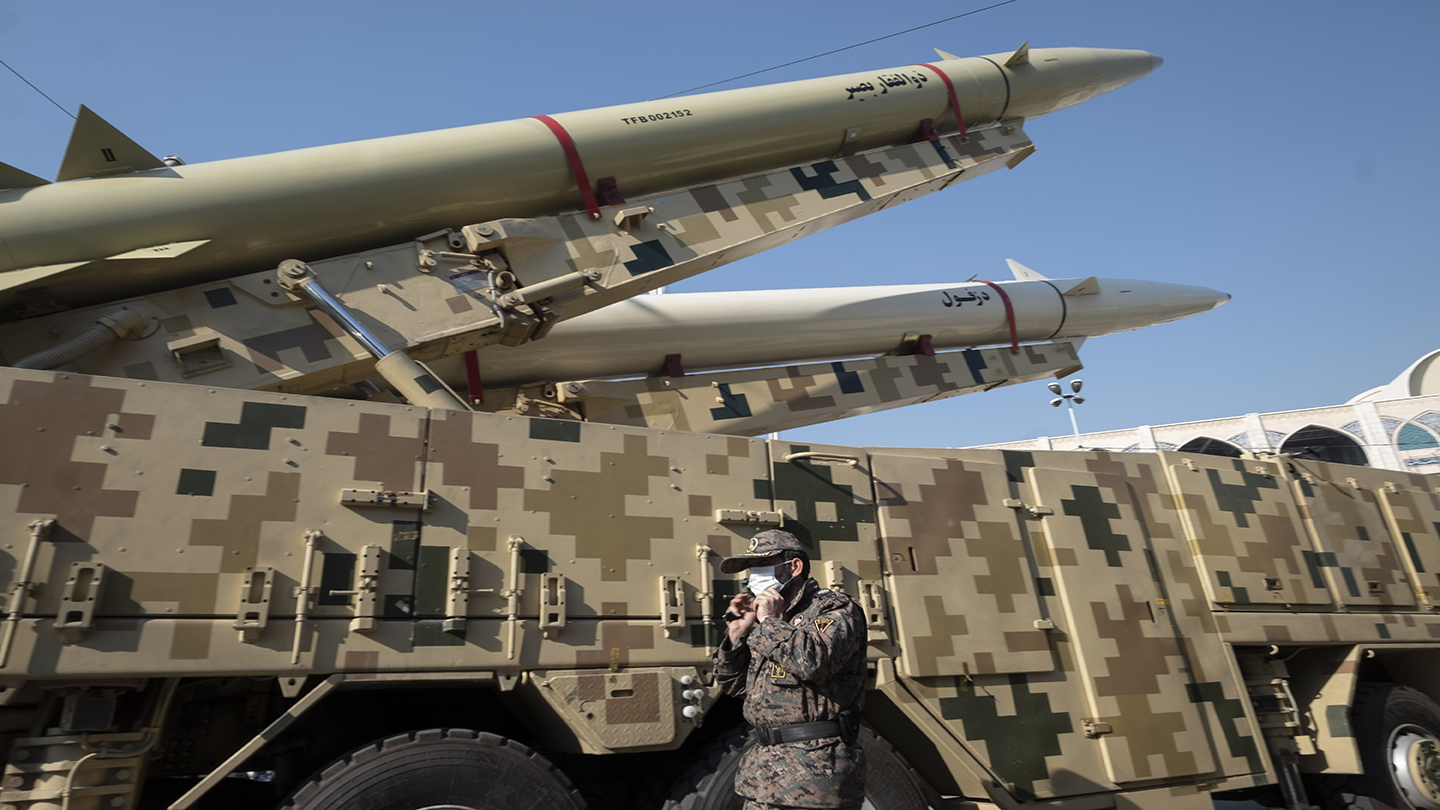Over the next few days, Iran is planning to send more than 200 additional combat drones to Russia via the Caspian Sea, according to the Ukrainian Defense Intelligence directorate (GUR).
Those shipments will be followed “in a few weeks” by the delivery from Iran to Russia of short-range ballistic missiles (SRBM) via direct flights to Russia and over the Caspian, a source in Ukrainian intelligence tells The War Zone.

This latest information from the GUR and the source in Ukrainian intelligence adds new detail to what Maj. Gen. Kyrylo Budanov, head of the GUR, told The War Zone last week about Fateh-110 and Zolfaghar SRBMs – capable of striking targets at distances of between 186 and 435 miles – coming to Russia sometime this month. You can read about that and much more here.
“At the beginning of November, Iran plans to send a batch of more than 200 combat drones to the Russian Federation,” the GUR said Tuesday on its Telegram page.
“Iran is planning to send “a batch of more than 200 Shahed-136, Mohajer-6 and Arash-2 combat drones from Iran to the Russian Federation,” the GUR said, adding that the drones “will be delivered via the Caspian Sea to the port of Astrakhan.”
Those drones will arrive in a disassembled state and once in Russia, “they will be collected, repainted and applied with Russian markings – in particular, ‘Geranium-2’”
This delivery route and mode of end-user production are exactly what we predicted would be the case in our past reporting on the topic.
CNN on Tuesday reported that Iran “is preparing to send approximately 1,000 additional weapons, including surface-to-surface short range ballistic missiles and more attack drones, to Russia to use in its war against Ukraine. CNN cited “officials from a western country that closely monitors Iran’s weapons program.”
The Pentagon does not have “any specific information to provide” about the anticipated delivery of additional Iranian weapons to Ukraine, Air Force Brig. Gen. Pat Ryder, the Pentagon’s top spokesman, told reporters, including from The War Zone, Tuesday afternoon.
“We do know that Iran has provided Russia with UAVs, which we anticipate they’ll likely seek more of those,” he said. “We do have concerns that Russia may also seek to acquire additional advanced munition capabilities from Iran – for example, surface to surface missiles – to use in Ukraine.”
Ryder reiterated that Russia’s seeking arms from Iran, as well as North Korea, is another indication of its “supply shortages when it comes to munitions, particularly guided munitions.”
It also “says a lot about the kind of company they keep and where they stand in the world right now in terms of isolation.”
Ryder also noted he didn’t have anything to announce about any U.S. military effort to interdict the Iranian arms shipments to Russia. The U.S. position is that such transfers of arms from Iran to Russia violate UN Security Council resolution 2231, which among other things calls for any Iranian nuclear, ballistic missile or arms transfers to be approved by the U.N.
Previous interdictions, however, have come in open waters accessible to the U.S., British and other allied nations, like one that took place in support of the British Royal Navy in the Gulf of Oman in February.
And one that took place in the North Arabian Sea in December, 2021.

Interdicting arms shipments crossing the Caspian Sea, a closed body of water bordered by Russia, Georgia, Azerbaijan, Turkmenistan and Kazhakstan, would likely be near impossible, however, as would any interdiction of cargo flights from Iran to Russia.

“You’ve heard State Department and the White House talk about a variety of efforts to include potential sanctions and sanctions to prevent that from happening,” said Ryder. “I will say from a DOD standpoint, right now, our focus is on working with Ukraine to get them the security assistance they need where it matters, which is on the battlefield. But this is something that we’ll continue to keep a close eye on.”
Budanov on Friday told The War Zone that while Ukraine has been able to shoot down about 70 percent of the 300 or so Iranian drones supplied to Russia so far, the introduction of SRBMs is a much larger concern.
“It’s a serious threat because Iranian missiles, unlike Russian ones, are quite high precision, very high speed and those features have been battle proven,” he said. “All we can rely on is the brilliant work of our air defense troops. And on hopes that our allies will provide us more of those air defense systems to provide coverage.”
Given how current Russian missile and drone barrages are already taking their toll on infrastructure and killing civilians – including another wave of attacks yesterday – we will watch closely what happens when this new round of imported Iranian weapons are fielded.
Contact the author: howard@thewarzone.com
